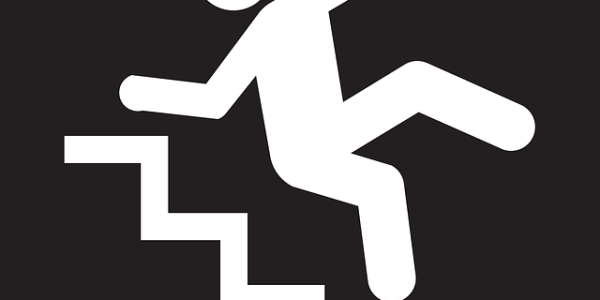A gyroscope is no substitute for an equilibrium. While some of the more sophisticated robots have been designed to maintain their balance, even when kicked, pushed, or shoved, many robots aren’t very stable. If you’ve ever seen a robot lose its balance, you know that they fall like a ton of bricks. What else would you expect from a heavy object made of metal, gears, and servos?
The only problem is that robots are much more expensive, more fragile, and more complicated than a ton of bricks. Drop a brick and there’s little damage done. Drop a robot and you could be looking at extremely expensive and time consuming repairs. A damaged robot can set research back and cause projects to go over budget.
That’s why researchers at Georgia Tech are developing an algorithm designed to minimize the amount of damage robots suffer from falling.
Needles to say, robots aren’t like humans. If a person trips and falls, they will try to catch themselves, or brace themselves for their tumble. They might shuffle their feet to try and regain their balance, or extend an arm, or throw their hands out. Basically, when a person falls, they make efforts to reduce the impact and limit the amount of damage they might suffer. Robots do not do this. If a robot falls, they simply fall, and receive the full brunt of the impact. It would be like a person tripping over their shoelaces and going rigid, falling face first into the ground.
The algorithm being developed by Georgia Tech will allow robots to manipulate their limbs to reduce the impact of a fall. Basically, the algorithm helps them learn to fall. It’s similar to how someone might brace themselves when they are about to take a spill. This algorithm could prove to be extremely beneficial to the entire field of robotics. Limiting the impact a falling robot has can save time, money, and research.
